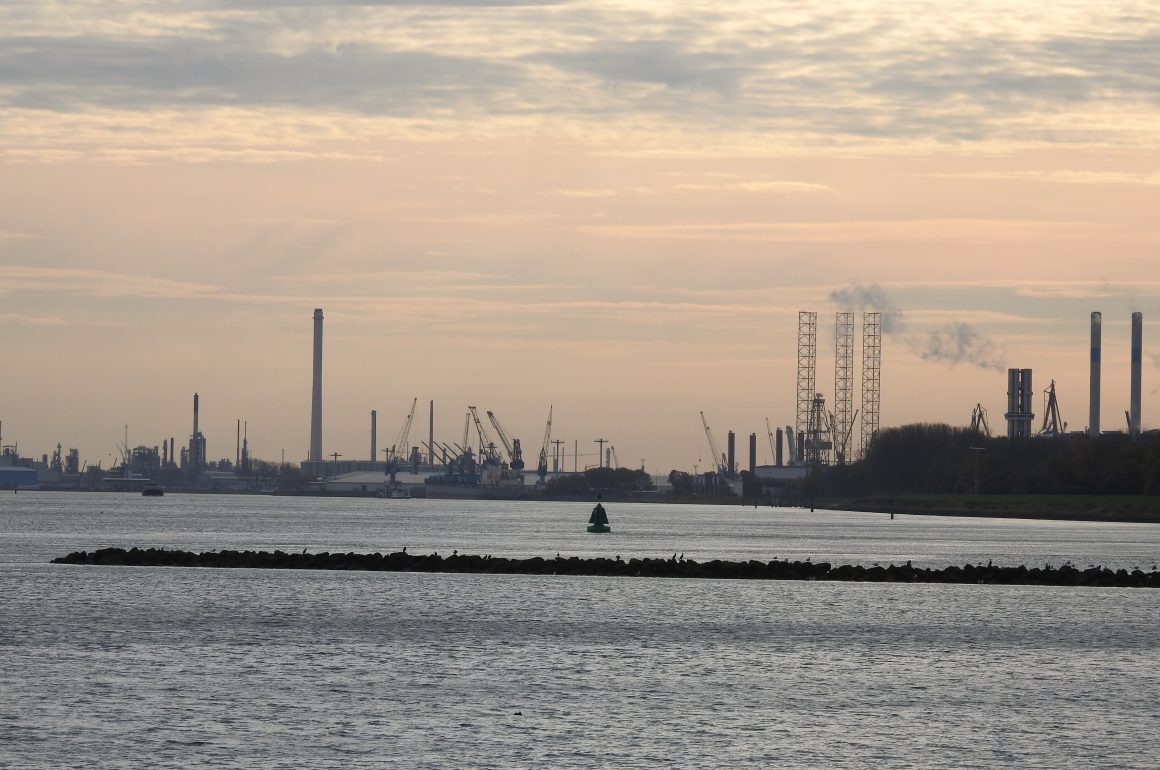
These days it would be impossible to dig a massive canal, straighten and deepen all rivers leading to the canal and destroy several wetlands of international importance. Pieter Caland engineered all that destruction when building the Nieuwe Waterweg in the 1870’s. He was a genius, and he was honoured with statues and monuments and many a street or bridge was named after him. However, in 2025 he might be considered an evil genius. Times do change.
Caland’s masterpiece has changed the landscape of the province of South Holland dramatically. Where gulls, cormorants, herons and ducks once roamed we now can only see gulls, cormorants, herons and ducks.

What? Yes, over the century and a half since the construction of Rotterdam’s connection to the North Sea the area has gone through a very deep ecological low in the 1970’s to what we see today: a industrial landscape with the world’s largest port, chemical plants, railroads but also with steppe-like areas, deep water with seals, porpoises and birds, lots of birds. I will not bore you with the details of all the engineering that went into the construction of this enormous port, just let’s go out and visit the Rozenburgse Landtong. The Google Earth® image below shows the landtong in the middle of the canal. The peninsula is an almost 9 km sliver of land, barely broader than a dike between the Nieuwe Waterweg and the (guess what?) Calandkanaal south of the landtong.
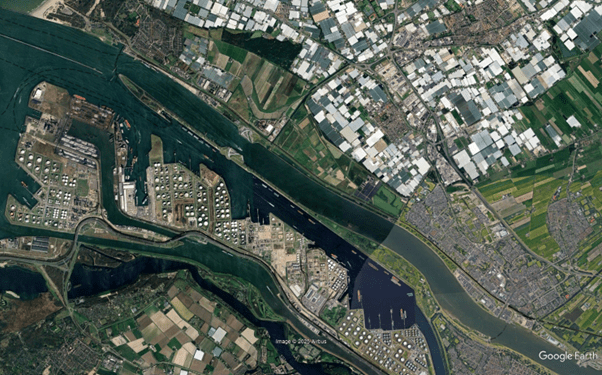
I took the metro to the lovely town of Maassluis, got on the ferry to Rozenburg and cycled from there. Easy to get to, nothing too strenuous and there’s a cosy café at the end of the peninsula. The peninsula has wooded areas with large grazing animals on the wider sections but there’s always water nearby. Big water, so very good for ducks to sit out their moulting period. There were hundreds of Mallard, Gadwall, Eurasian Teal and quite a few early Eurasian Wigeon.

Eurasian Oystercatcher were to be expected, but the Whimbrels and the single Eurasian Curlew came as a surprise for me. Don’t know why I didn’t expect them, just didn’t. I also mixed up Bar-tailed Godwit with their brethren the Black-tailed Godwit. As a consequence, I was wrongfully surprised to see 50 godwits on the rocky shores of the canal, waiting for low tide. Biggest surprise of all was a single Barn Swallow that had decided that climate change can save one an arduous journey to Africa. Evolution in action?

Here’s a full list of the sightings for one morning in November. The peninsula’s numbers can be impressive and I believe the area is under-birded. Most importantly, it was a nice morning outdoors with some sunshine and fresh air while enjoying the best of birding. By the way, Big Year Rotterdam, 100 species, 100 to go.
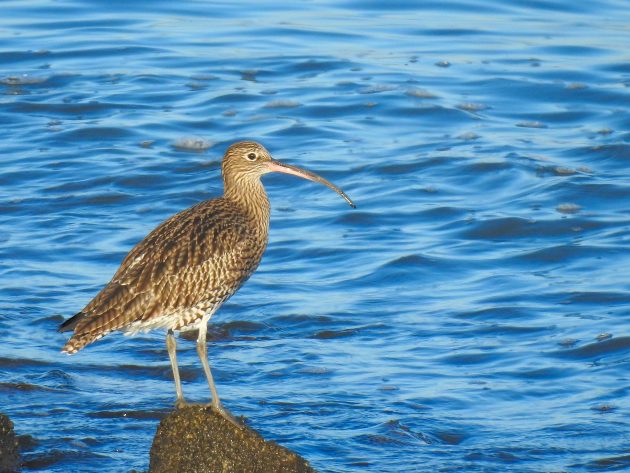


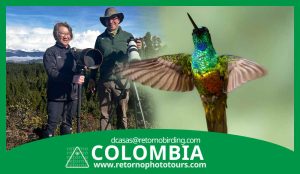

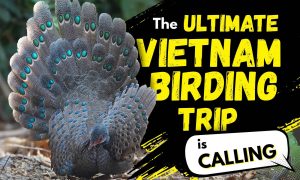
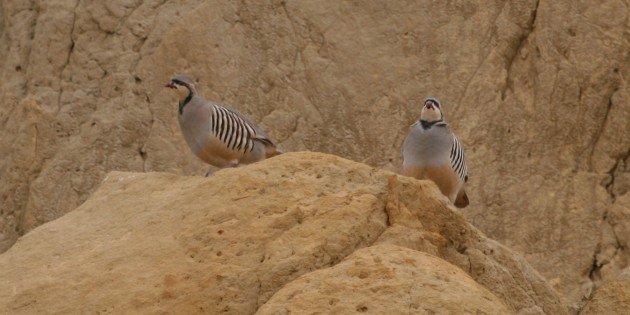

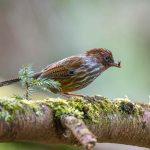

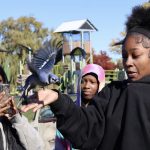


Leave a Comment